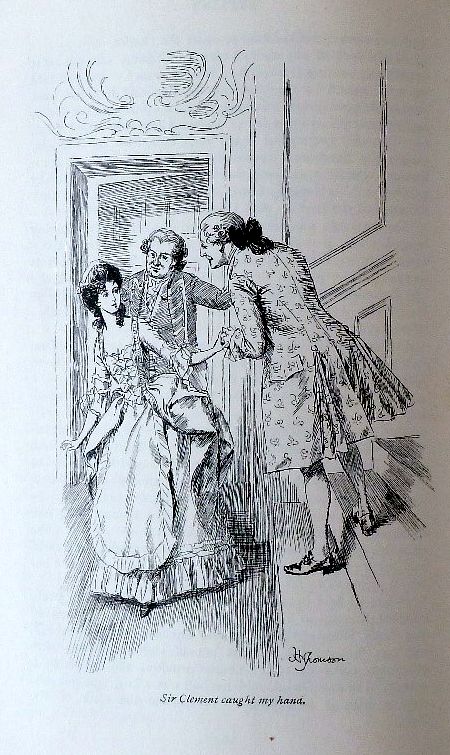

Eventually, Evelina's virtue gains her the love of a distinguished nobleman and the acceptance of her father.

Villars until the seclusion of the country until age seventeen, Evelina finally emerges into London society, only to commit several social blunders due to her lack of experience with society. The first comprehensive and fully updated bibliography of English and translated editions, adaptations, and reprints of Evelina published in 13 languages and scripts appears in an appendix."Evelina" by Frances Burney is a three volume epistolary novel about a young lady of noble birth who has not been acknowledged by her aristocratic father.

Illustrated with reproductions of covers, frontispieces, and title pages, the book also provides an illuminating insight into the role of Evelina’s visual representation in its history as a marketable commodity, highlighting the existence of editions targeting various segments of the book market: from the upper-middle-class to mass-readership. Shorter Entr’acte sections discuss and describe alterations in the forms of Burney’s name and the title of her work, the omission and renaming of her authorial prefaces, and the redeployment of the publisher’s prefatorial apparatus to support particular editions throughout almost two-and-a-half centuries of the novel’s existence. This book also focuses on the remodelling and transformation of the paratext in this novel, written by a woman author, by the heavily male-dominated publishing industry. Four main chapters vividly describe how during 240 years, Evelina, a popular novel of manners, metamorphosed without any significant alterations to its text into a Regency “rambling” text, a romantic novel for “lecteurs délicats,” a cheap imprint for circulating libraries, a yellow-back, a book with a certain aesthetic cachet, a Christmas gift-book, finally becoming an integral part of the established literary canon in annotated scholarly editions. Tracing its publication history through 174 editions, adaptations, and reprints, many of them newly discovered and identified, this book demonstrates how the novel’s material embodiment in the form of the printed book has been reshaped by its publishers, recasting its content for new generations of readers. Evelina, the first novel by Frances Burney, published in 1778, enjoys lasting popularity among the reading public.


 0 kommentar(er)
0 kommentar(er)
